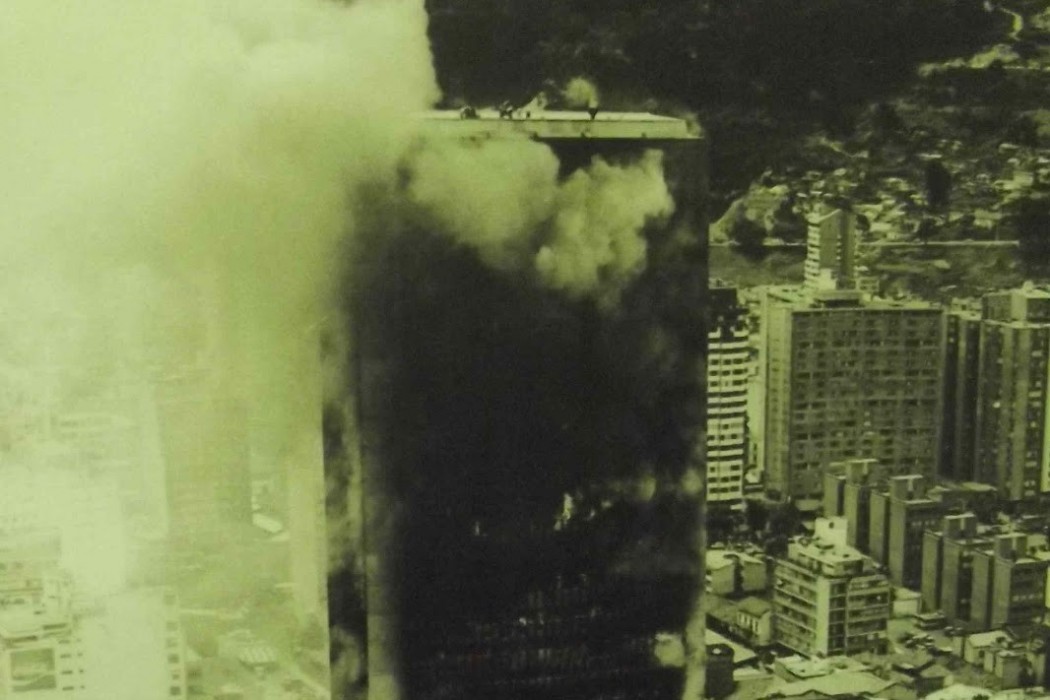WJE PROJECTS
Avianca Building
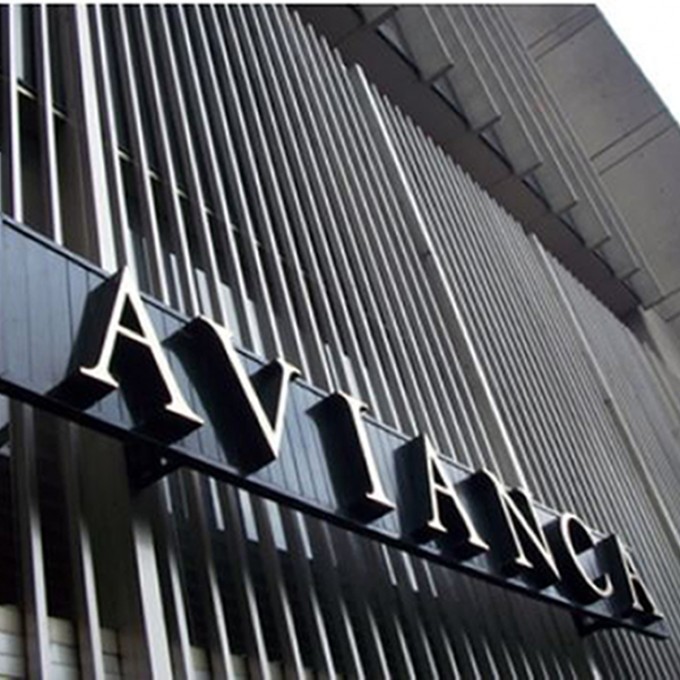
CLIENT |
Office of the Secretary of Public Works |
LOCATION |
Bogota, Colombia |
Structural Investigation and Fire Damage Assessment
An early morning fire in July 1973 swept through twenty-four floors of the Avianca Building in Bogota, Colombia. Burning for twelve hours, the fire swept upward from floor to floor by engulfing the outer walls and emanating enough heat to fracture the windows, which allowed the fire spread. The building administrators and the Office of the Secretary of Public Works engaged a team of engineers, architects, and general contractors that included WJE to evaluate the structural integrity of the building and to develop a program for repairs.
BACKGROUND
Avianca is the flag carrier airline of Colombia. Located in the country’s capital, its thirty-eight-story headquarters was constructed of reinforced concrete with precast prestressed joists, mild-steel reinforced solid slabs, and cast-in-place post-tensioned beams and girders.
SOLUTION
The team, including WJE, performed an extensive visual examination of the fire-damaged structure. Based on the investigation, the team identified three design characteristics to which the building’s fire resistance could be attributed: the massiveness of the concrete members of the main structural system, which absorbed heat to maintain comparatively low temperatures in the strand and conventional reinforcement; the steel tubing and grout that helped to protect the strands and tendons; and the good detailing and structural continuity of the precast elements that allowed for load redistribution.
Because the structure and its contents were typical of office buildings in cities around the world and the building included concrete in several forms, the project offered a unique opportunity to collect real-world performance data on each form’s behavior through fire. This allowed investigative results to be used for the validation of the Rational Design Method for fire endurance—a newly developed approach at the time that challenged the traditional reliance on fire tests.
The project revealed much about concrete systems’ performance during a fire, providing engineers with practical information to develop safer, more fire-resistant structures.
RELATED INFORMATION
-
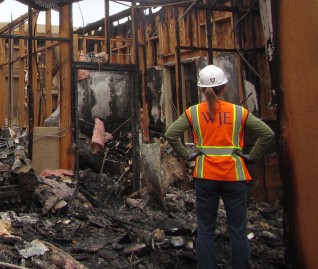 Thousands of clients have relied on us to accurately determine the cause and extent of damage... MORE >Services | Failure and Damage Investigation
Thousands of clients have relied on us to accurately determine the cause and extent of damage... MORE >Services | Failure and Damage Investigation -
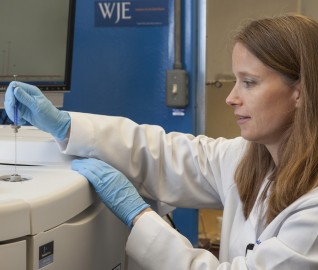 Our materials scientists provide comprehensive consulting services for the evaluation and... MORE >Services | Materials Evaluation and Testing
Our materials scientists provide comprehensive consulting services for the evaluation and... MORE >Services | Materials Evaluation and Testing -
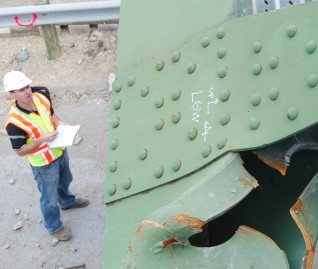 When the integrity or condition of a structure is in question, clients rely on us for answers MORE >Services | Structural Engineering
When the integrity or condition of a structure is in question, clients rely on us for answers MORE >Services | Structural Engineering




































